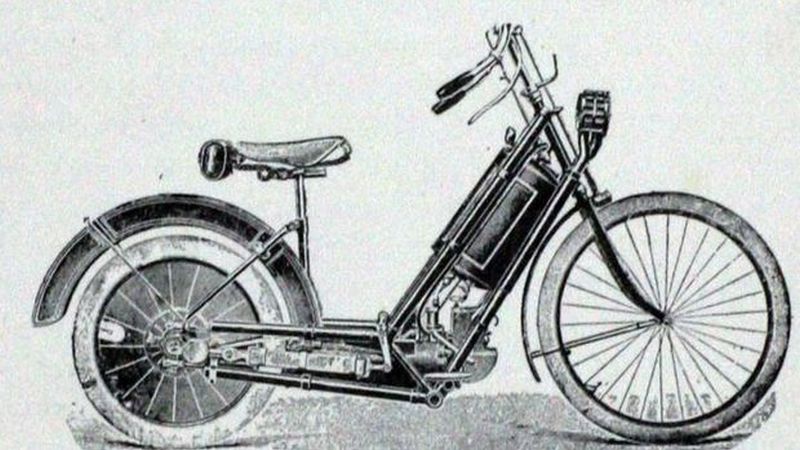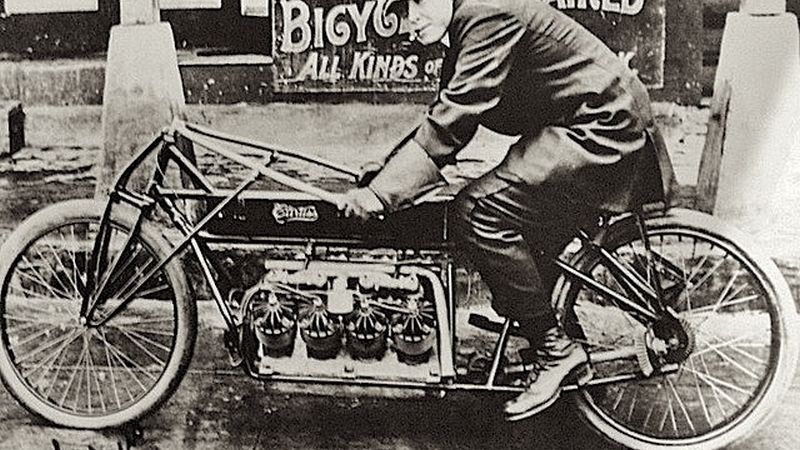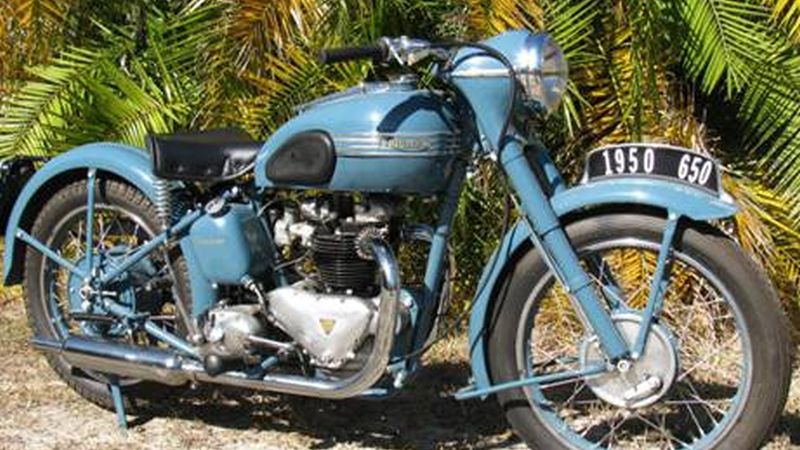Off-Road Motorcycling: Conquering the Wild Terrain
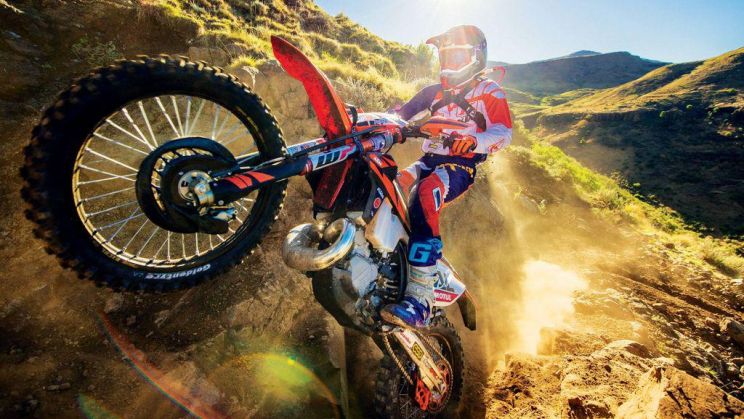
Off-road motorcycling is a thrilling adventure that takes riders on a journey through untamed landscapes and challenging terrains. For motorcycle enthusiasts seeking an adrenaline rush and a taste of the wild, off-road riding offers an unparalleled experience. In this article, we will explore the essence of off-road motorcycling and delve into the four key aspects that make it an exhilarating and unforgettable activity.
The Allure of Off-Road Motorcycling
Off-road motorcycling has an irresistible charm that captivates riders around the world. The freedom to explore uncharted territories, the connection with nature, and the adrenaline-inducing challenges all contribute to its allure. Riders are drawn to the untamed beauty of wilderness areas, the sense of adventure that comes with navigating through rugged terrains, and the camaraderie shared among fellow off-road enthusiasts.
Mastering the Technique
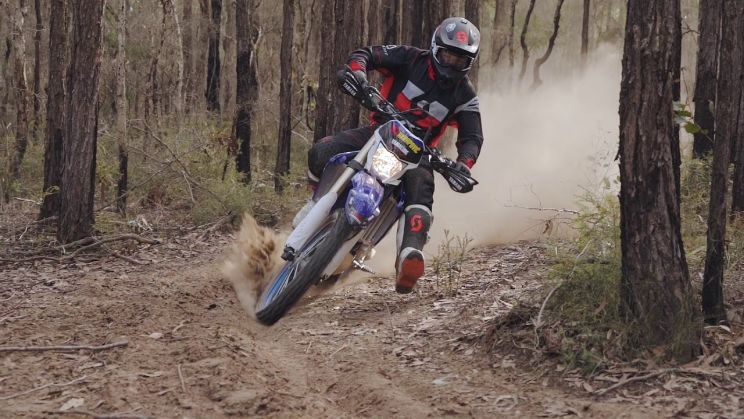
Off-road motorcycling requires a unique set of techniques that allow riders to navigate through challenging terrains with finesse and control. Mastering these techniques is essential for riders to conquer the wild terrain and enjoy a safe and thrilling off-road adventure. Let’s explore the key skills that every off-road rider must develop:
Balance: Balance is crucial when riding off-road, as uneven surfaces and unpredictable obstacles can easily throw a rider off balance. Maintaining a centered and stable position on the motorcycle is essential. Practice standing on the footpegs, distributing your weight evenly, and using your body to absorb shocks and maintain stability. Developing a strong sense of balance will help you tackle rough terrain with confidence.
Body Positioning: Proper body positioning plays a significant role in off-road riding. The right body position allows you to maintain control over the bike and maneuver through challenging obstacles. When riding over rough terrain or navigating through corners, stand on the footpegs with slightly bent knees, allowing your legs to act as shock absorbers. Keep your arms relaxed, elbows out, and upper body forward to maintain stability and control.
Throttle Control: Mastering throttle control is essential for off-road riding, as it allows you to manage traction and power delivery effectively. Smoothly modulating the throttle helps maintain traction on slippery surfaces and prevents wheelspin. Start with gradual throttle inputs and practice controlling the power delivery to avoid sudden bursts of acceleration. Understanding how to use the throttle to your advantage will give you better control over the bike in various off-road situations.
Clutch Finesse: The clutch is an important tool for off-road riders, enabling them to control the power and manage the bike’s speed effectively. Feathering the clutch allows for precise control, especially in low-traction situations or when navigating tight spots. Practice feathering the clutch by gradually engaging and disengaging it to find the right balance between power and control.
Braking Technique: Off-road braking differs from on-road braking, as traction conditions are constantly changing. Knowing how to modulate the brakes on loose surfaces is crucial to avoid skidding and maintain control. Become familiar with the bike’s braking capabilities and practice applying both front and rear brakes in a controlled manner. In emergency situations, prioritize using the rear brake to avoid front-wheel lock-up.
Line Selection: Off-road riding often involves choosing the right line to navigate obstacles and maintain momentum. Analyze the terrain ahead, identify the smoothest path, and plan your line accordingly. Sometimes, taking a wider line or going around obstacles might be more efficient and safer than trying to tackle them head-on.
Remember, mastering these techniques takes time and practice. Start with easier trails and gradually progress to more challenging terrains as your skills improve. Enroll in off-road riding courses or seek guidance from experienced riders to enhance your technique and gain valuable insights. With patience, persistence, and a willingness to learn, you’ll become a skilled off-road rider capable of conquering even the wildest terrains.
Embracing the Challenges
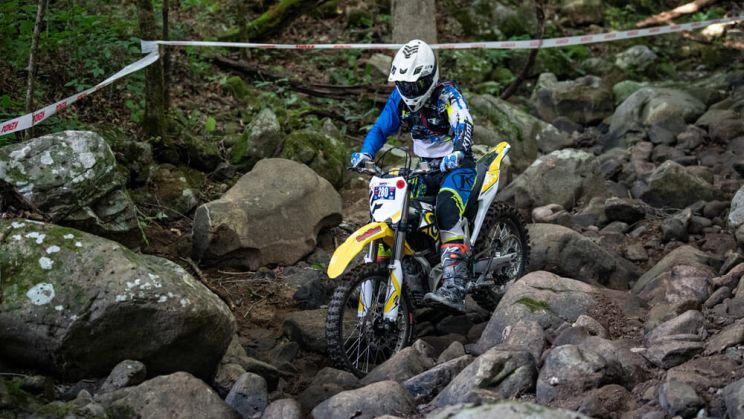
Off-road motorcycling presents riders with a variety of challenges that test their skills and endurance. Steep inclines, rocky trails, slippery mud, and deep sand are just a few of the obstacles that await. However, it is precisely these challenges that make off-road riding so exhilarating. Overcoming them instills a sense of accomplishment and builds confidence in riders, pushing them to constantly improve their abilities.
Connecting with Nature
One of the most rewarding aspects of off-road motorcycling is the opportunity to connect with nature. Riding through forests, crossing streams, and exploring remote landscapes allows riders to experience the beauty of the natural world up close. The sights, sounds, and smells of the wilderness create a sensory experience unlike any other, awakening a deep appreciation for the great outdoors.
Safety First
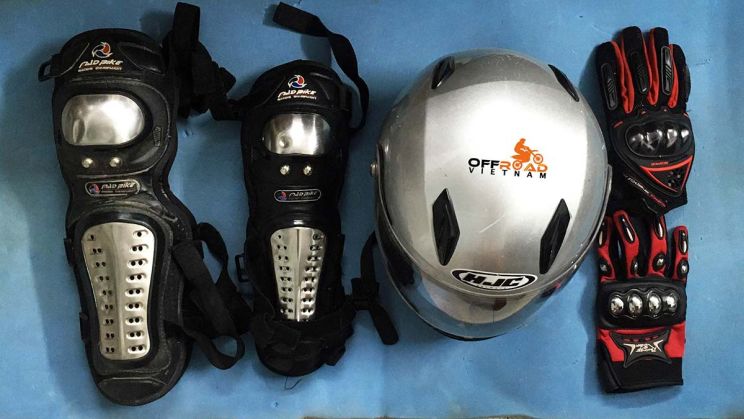
While off-road motorcycling offers an exciting escape, it is crucial to prioritize safety. Wearing appropriate safety gear, including a helmet, goggles, protective clothing, and boots, is essential. Additionally, riders should familiarize themselves with the local regulations and obtain any required permits. Riding in groups and informing others of your intended route are additional precautions that should be taken to ensure a safe and enjoyable off-road adventure.
Off-road motorcycling provides an unparalleled experience for motorcycle enthusiasts who are eager to embrace the challenges of conquering wild terrains. The allure of exploring untamed landscapes, mastering unique techniques, and connecting with nature makes off-road riding an adventure like no other. As riders navigate through rugged obstacles, they gain a deep sense of accomplishment, build their skills, and forge lifelong memories. So, gear up, embrace the challenges, and let the wild terrain become your playground on two wheels. The world of off-road motorcycling awaits!
